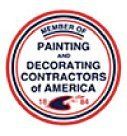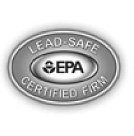How Many Coats of Paint Do I Need? A Simple Guide for Surfaces and Paint Types
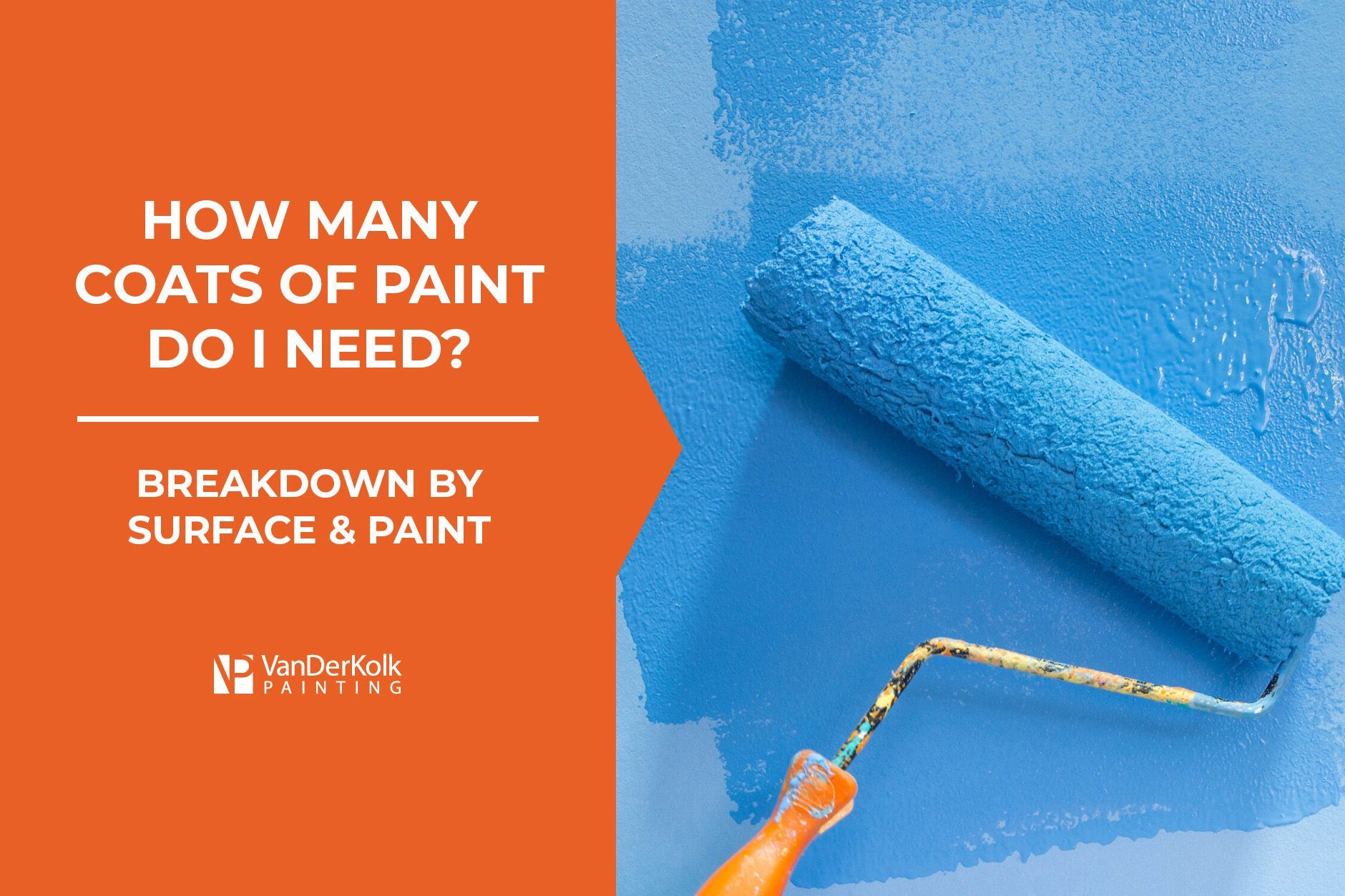
When starting a new painting project, whether interior or exterior, it’s important to know how many coats of paint you’ll need and how long to wait between coats to ensure optimal results.
If you’re new to painting, you may feel overwhelmed by the different types of paint available and the decision of which paint to use for your project. To help you choose the right paint and answer the age-old question, “How many coats of paint do I need?” We’ve created a simple guide that explains how to paint common surfaces successfully.
Remember, you can always call VanDerKolk Painting to guarantee a perfect and precise residential, commercial, or industrial paint job, no matter how big or small!
Number Of Paint Coats By Surface
Many interior and exterior home projects require painting. To ensure a well-done and vibrant paint job, you’ll need to choose the right type of paint and apply the correct number of coats.
Number Of Coats For Bare Drywall
Paint Coats Required
- 1 Coat of Primer
- 1 Coat of Paint
- Or 2 Coats of Paint-Primer Combo
If you’re renovating a home or working with new construction, you’ll be faced with bare drywall to cover up with your favorite paint color.
The best type of paint for this surface is water-based paint, such as latex or acrylic paints. If you use a primer-paint combination, then you can apply two coats. Or you can apply one coat of primer and one coat of your colored paint.
Number Of Coats For Light-Colored Walls
Paint Coats Required
- 1 Coat of Primer
- 1-2 Coats of Paint (depending on the new color)
Often, you’ll find yourself painting over previously painted walls. When covering a light-colored wall, the number of coats can depend on whether you are painting over it with a similar or darker color.
The best type of paint for light-colored walls is water-based paint, such as latex or acrylic. It’s best practice to apply a primer coat before your color paint. If painting a darker color, you may only need one coat with a few added touch-ups. It's best to apply two coats when painting a similar or lighter color.
Number Of Coats For Dark-Colored Walls
Paint Coats Required
- 1 Coat of Primer
- 2-3 Coats of Paint
Painting over a dark-colored wall can be tricky and often more time-consuming than light-colored or bare walls. Don’t let this discourage you, though!
With the right number of coats of paint, you can make that unwanted dark color disappear. The best type of paint for dark-colored walls is water-based paint, such as latex or acrylic.
After applying one coat of primer, you will need two to three coats of paint to fully cover the underlying dark color. Examine the wall after applying the second coat and determine if you need a third coat if you see dark, patchy spots.
Number Of Coats For Finished Wood
Paint Coats Required
- 1 Coat of Primer
- 2 Coats of Paint
Painting finished wood projects, such as furniture, interior doors, baseboards, or trim, can instantly transform a room—when you use the right paint and the correct number of coats.
The best type of paint for finished wood projects is stain, acrylic latex, or oil-based paint. Be careful with oil-based paint indoors, though, as it requires extra ventilation due to harmful VOC chemicals in the paint.
Painting over finished wood requires extra steps, such as sanding the surface. After sanding, you’ll add one coat of primer. When the primer has dried, lightly sand the surface again before applying two coats of paint. Additionally, you can also use a lacquer, which requires multiple thin coats to cover the surface.
Number Of coats For Metal
Paint Coats Required
- 1 Coat of Primer
- 2 Coats of Paint
Painting metal surfaces, especially when painting over rusted metal, can elevate your object in a matter of minutes.
If your project is prone to rust, then it’s recommended to use a rust-inhibiting primer to prevent rust from forming due to humidity or moisture. Just one coat of this is enough.
The best type of paint for metal surfaces is oil-based paint. It’s long-lasting and the color is often more vibrant compared to water-based paints, which makes it perfect for outdoor metal items and projects.
After adding one coat of primer, preferably rust-inhibiting primer, you’ll apply two coats of oil-based paint for the best results.
Number Of Coats For Vinyl
Paint Coats Required
- 1-2 Coats of Paint
Painting vinyl surfaces, such as outdoor fences or garage and basement flooring, is one of the simplest surfaces regarding the number of coats. If the vinyl is in good shape, then there is no need for a primer; you can go straight to the paint!
The best type of paint for vinyl surfaces is epoxy or latex acrylic paint because it is flexible and adheres better. Without a primer coat, you’ll only need one to two coats of paint to transform your vinyl object.
Number Of Coats For Ceilings
Paint Coats Required
- 1 Coat of Primer (optional)
- 1-2 Coats of Paint
Painting a ceiling can drastically transform a room, whether it’s a subtle white or an exciting color that matches your interior decor. To ensure your ceiling is perfect and pulls the room together, you must understand how to paint it correctly.
The best type of paint for ceilings is water-based paints, such as latex and acrylic. If you’re painting a ceiling that is already white, you can forego adding a coat of primer before the paint.
Whether you use a primer or not, you’ll need one to two coats of paint, depending on the color you’re painting over and the color you’ve chosen.
Number of Coats According to Paint Type
We’ve reviewed the most commonly painted surfaces and the number of coats they require. Now, let’s explore the number of coats of each type of paint you’ll likely use.
- Oil-Based Paint - 1-2 coats
- Acrylic Latex Paint - 2 coats
- Latex Paint - 2-3 coats
- Enamel Paint - 2 coats
- Chalk Paint - 2 coats
- Milk Paint - 2 coats
- Wood Stain - 1-2 coats
- Epoxy Paint - 1-2 coats
Examining your project is the best way to determine if you should add another coat of paint. If the underlying paint color still shows through or there is uneven color, you may need an additional coat of paint.
Always allow the coat to dry long enough before adding another, or it could result in peeling, flaking, or bubbling.
Guarantee A Perfect Paint Job VanDerKolk Painting
Choosing the right type of paint and knowing how many coats you need for your project can feel overwhelming and mysterious. To guarantee a pristine and perfect paint job, consider hiring the professional painters at VanDerKolk Painting!
Our team of trained and professional painters ensures your painting project, no matter how big or small, is done with precision, care, and detailed attention. Request a free estimate for your residential or commercial painting project today!
Request A Free Quote
We will get back to you as soon as possible.
Please try again later.
Our Services
Residential Services
Commercial & Industrial Services
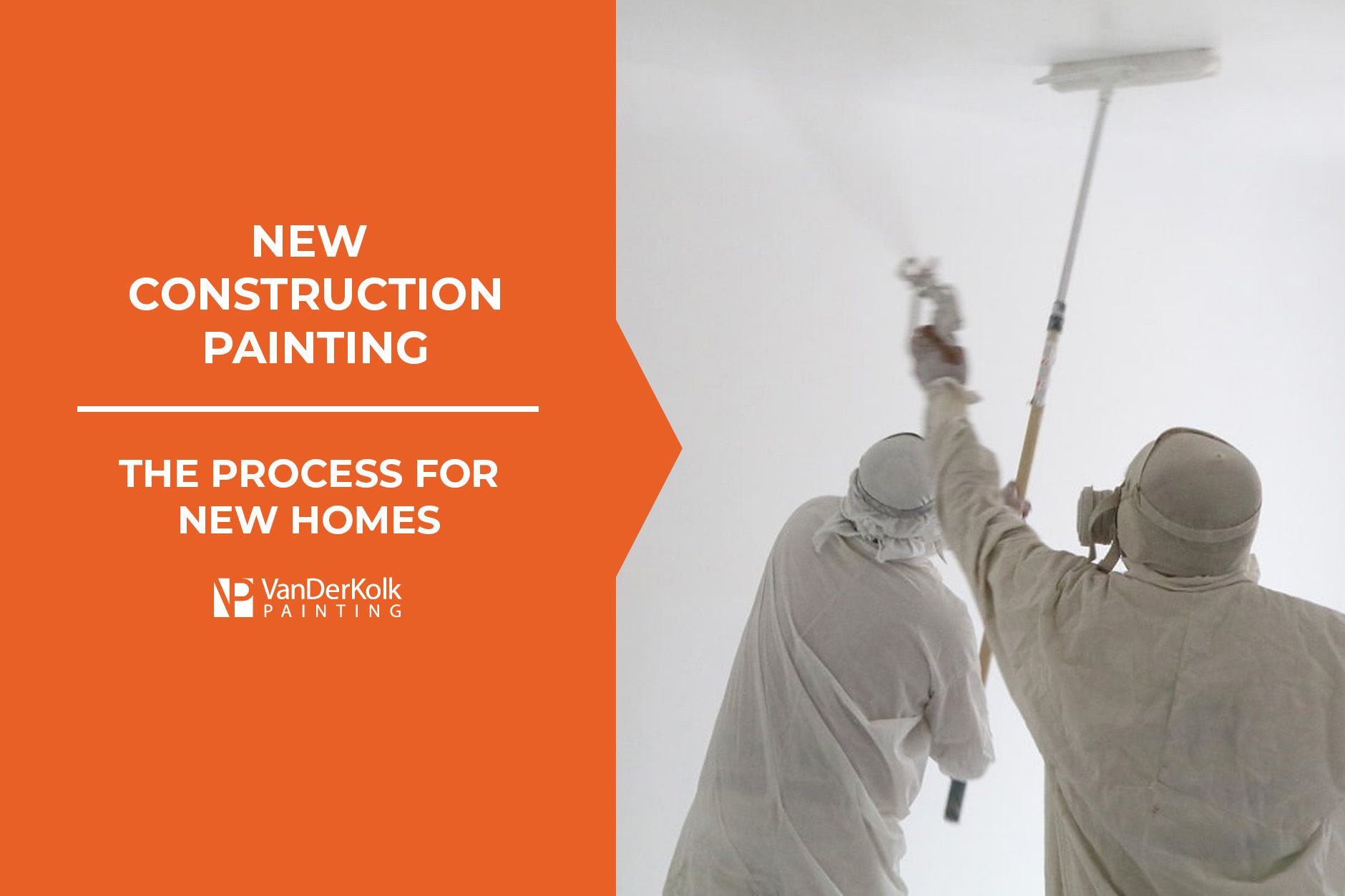
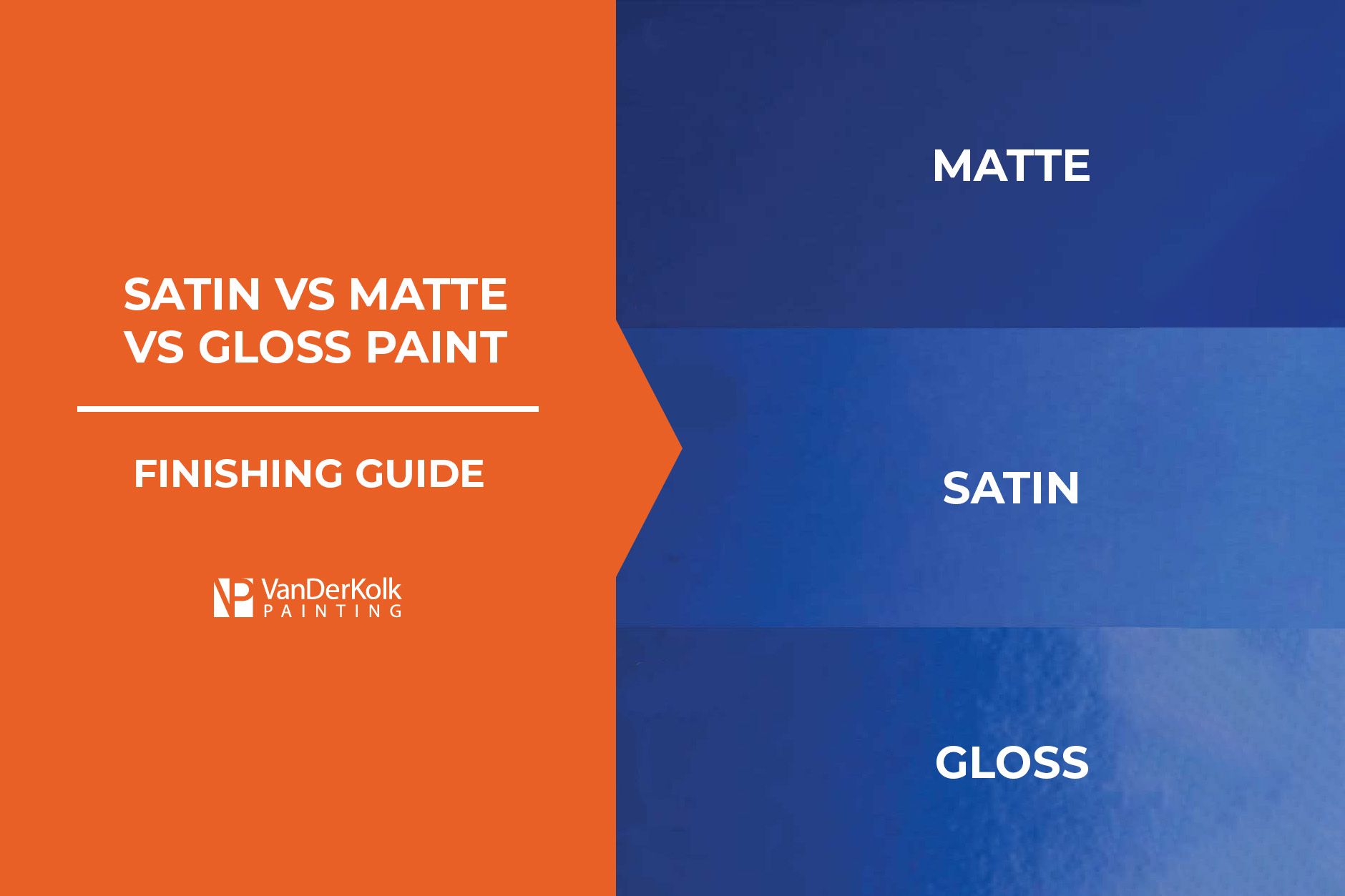
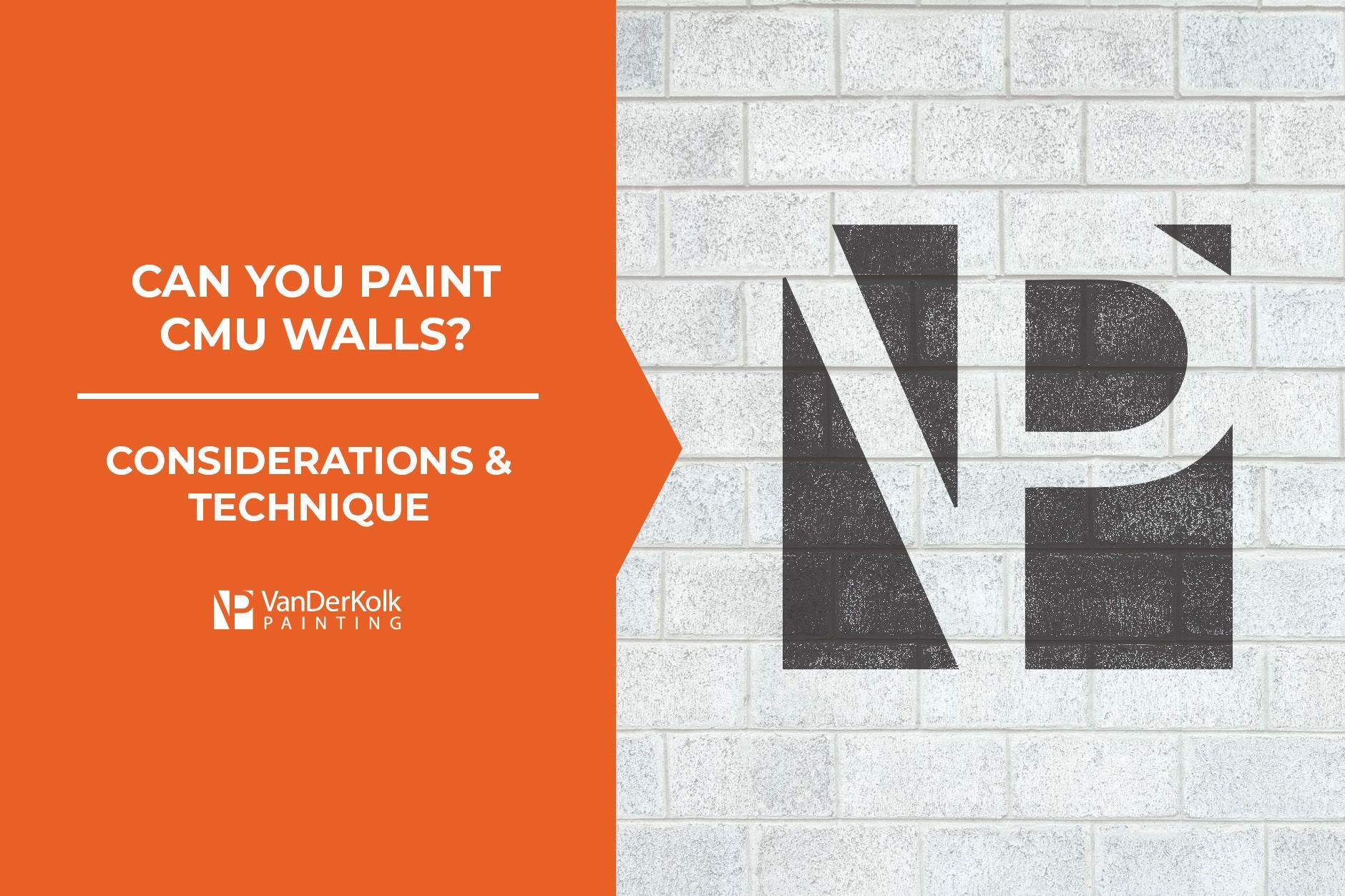
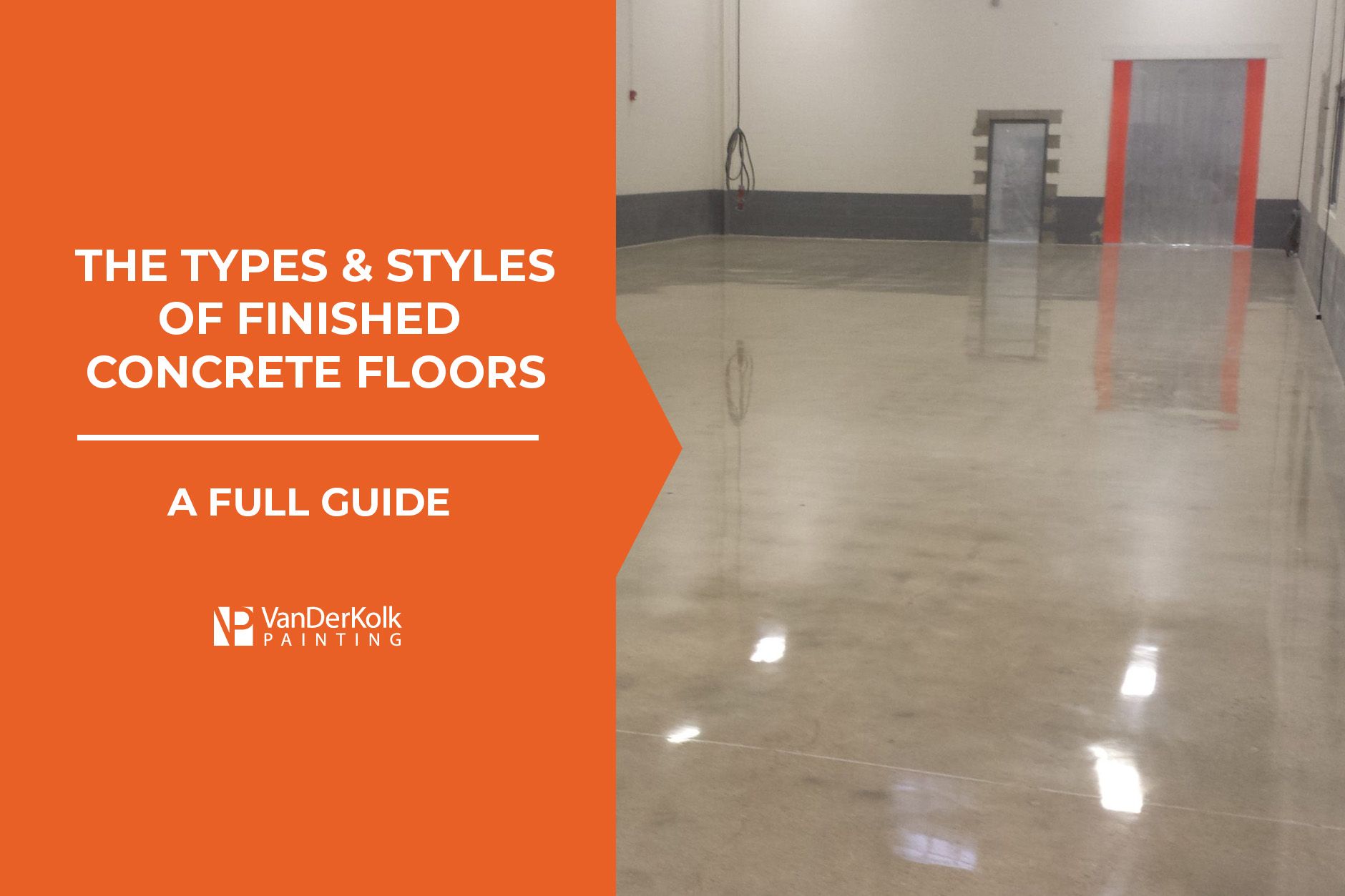
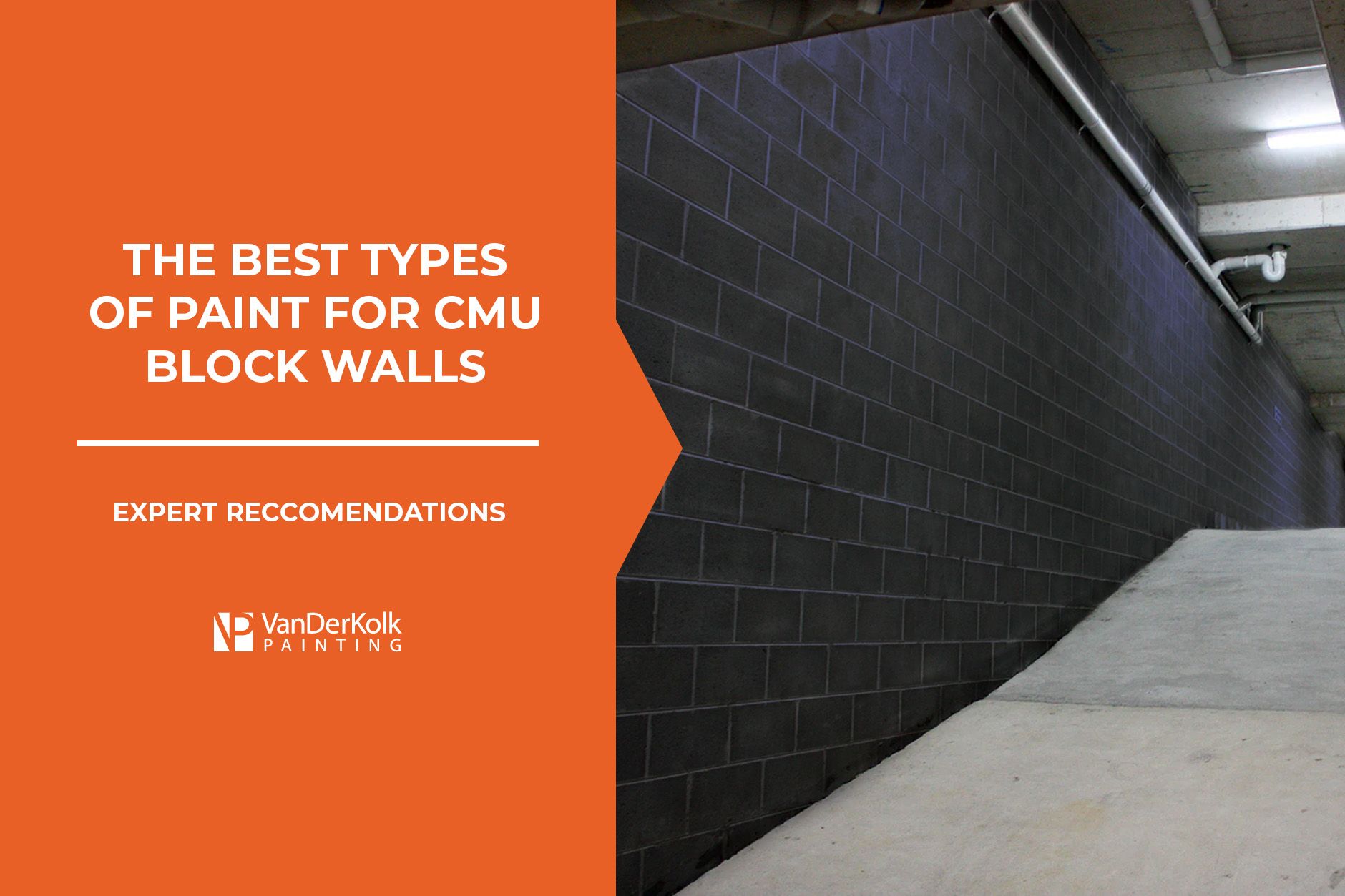
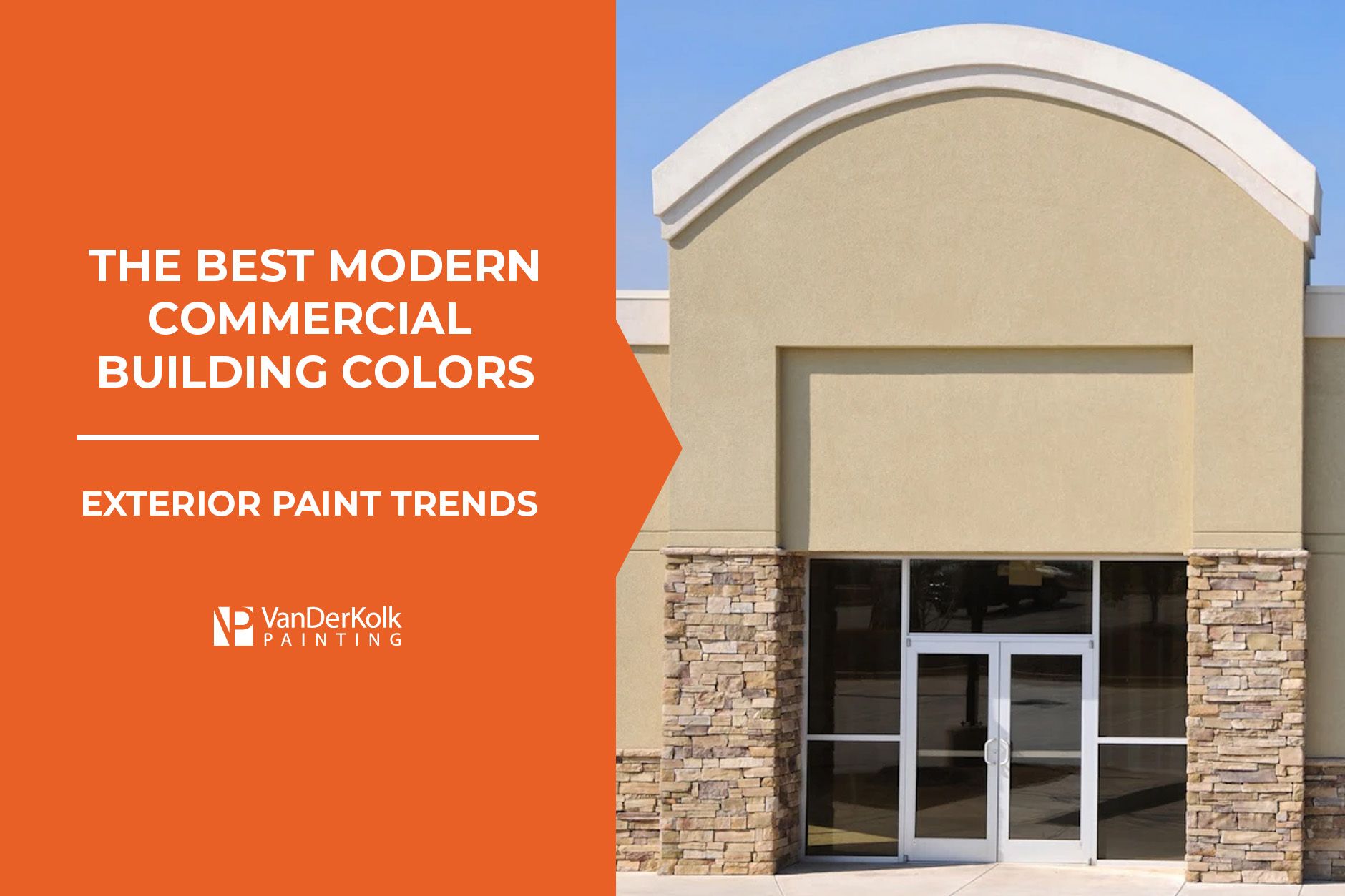
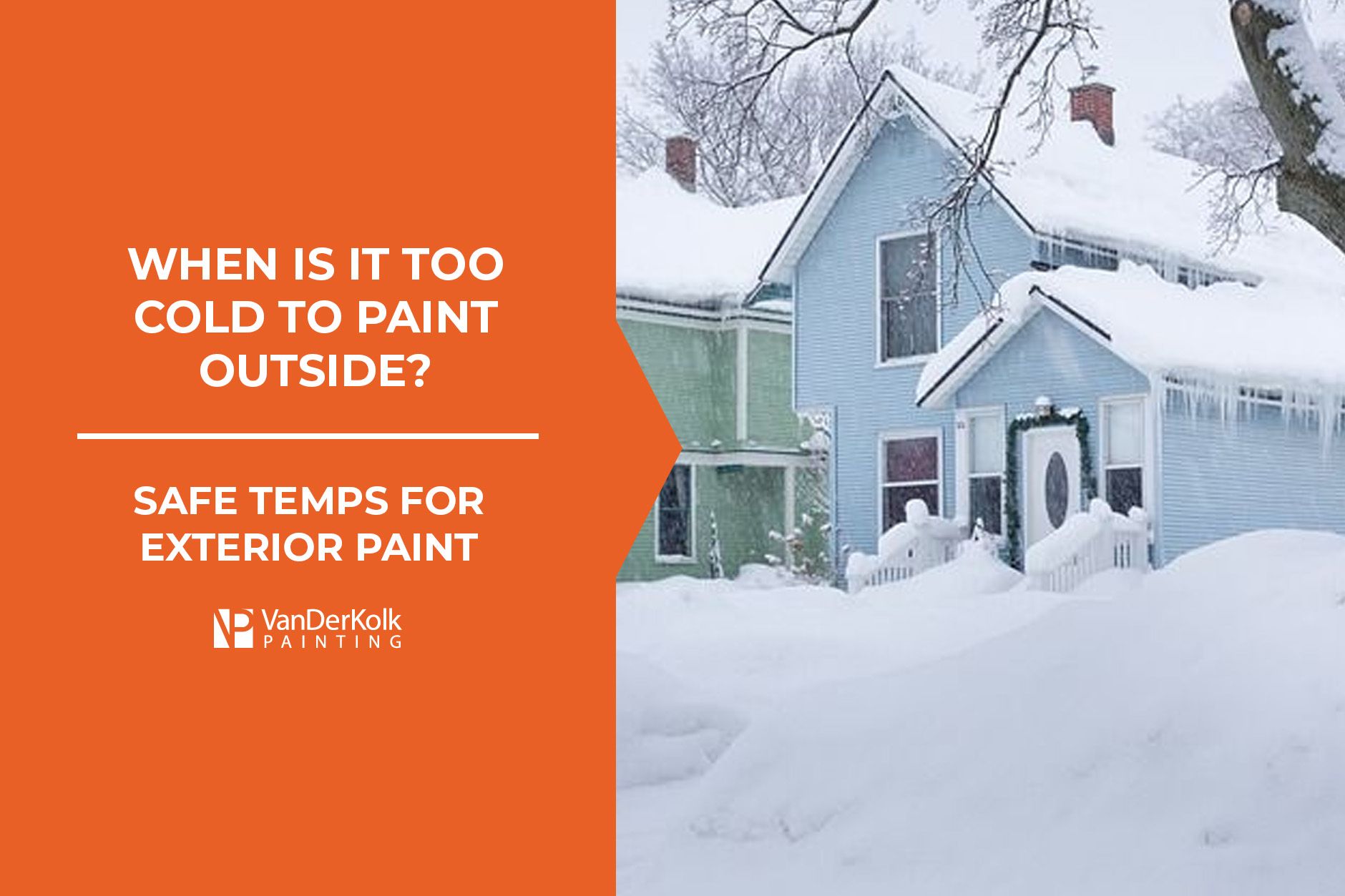
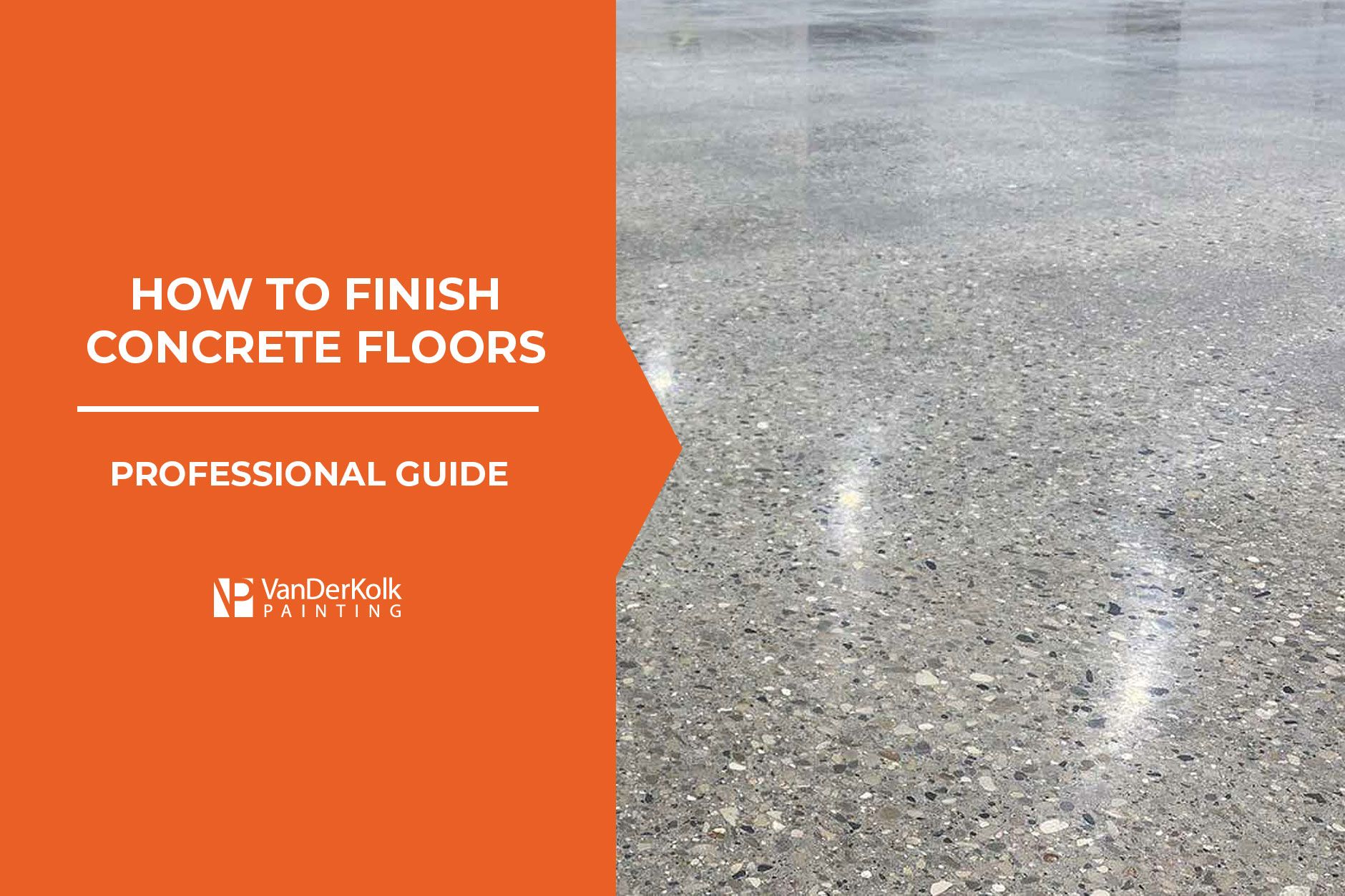
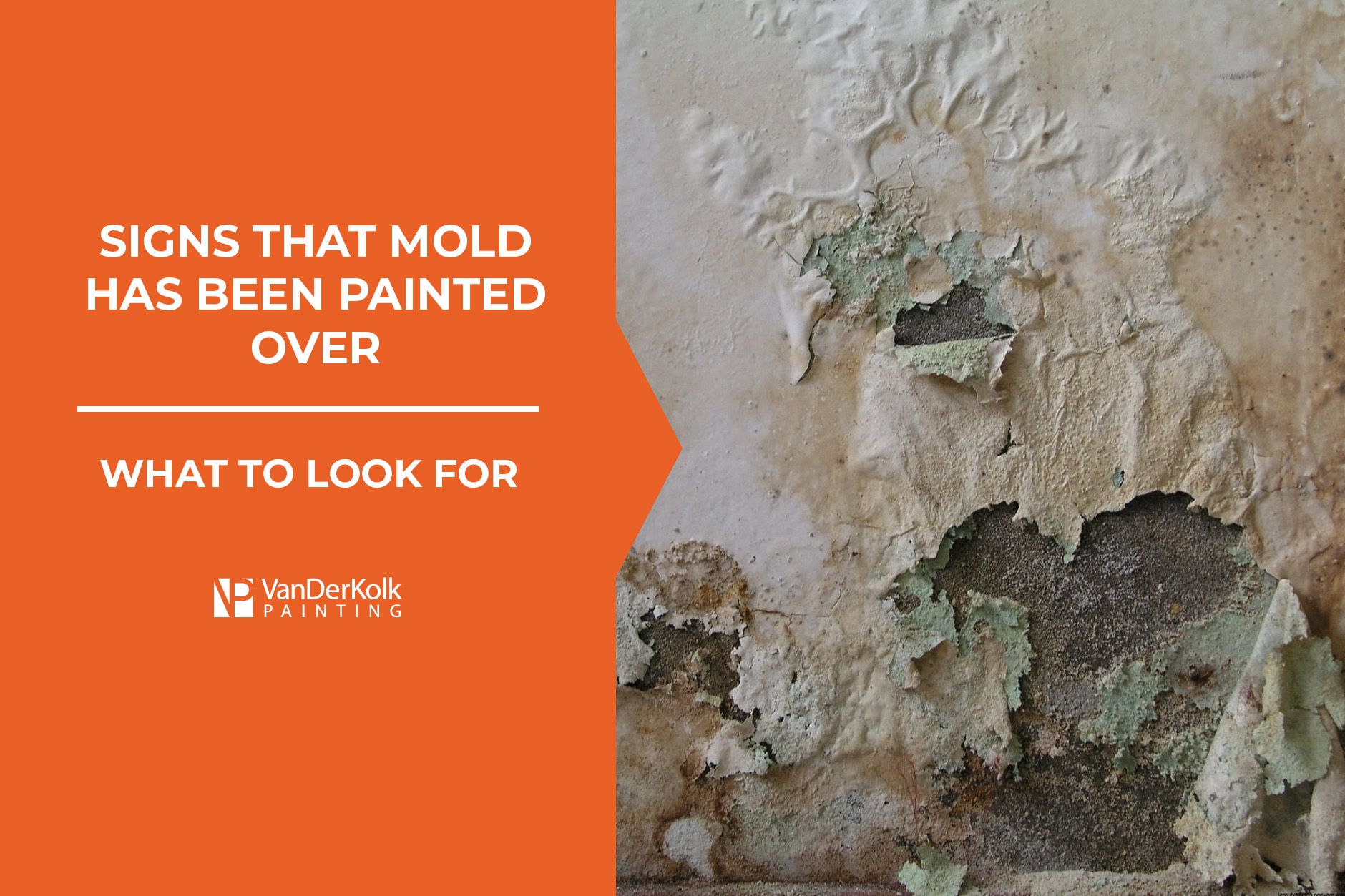
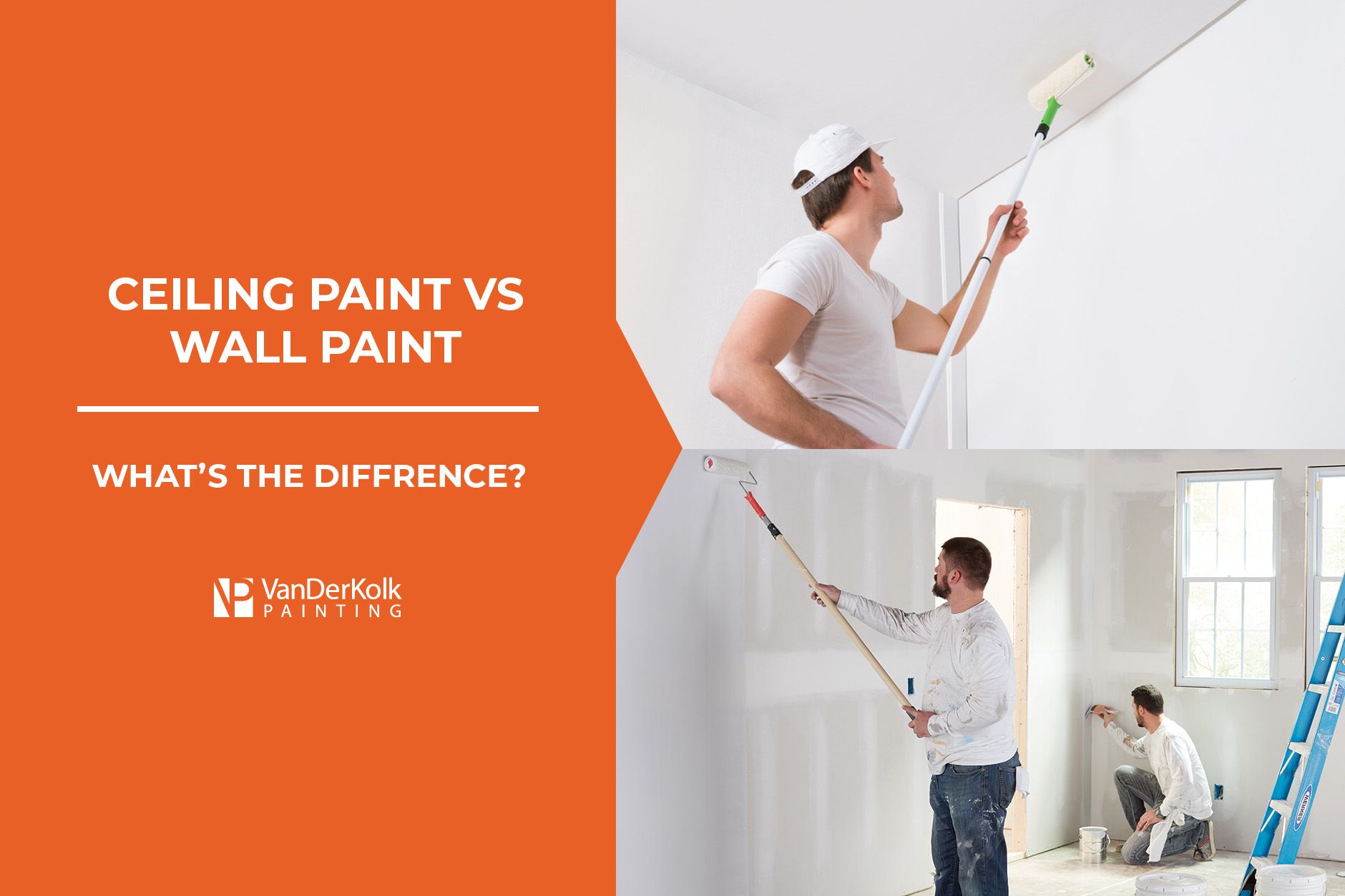
 Rating
Rating
Request Your Free Quote
We provide quotes at absolutely no cost. Requesting a quote gives you an opportunity to meet with one of our team members, better understand our process, and explain the details of your project. You can request a free quote by filling out the form, or by calling us at 616-202-6570.
Footer Form
Thank you for contacting us.
We will get back to you as soon as possible.
Please try again later.
VanDerKolk Painting - Grand Rapids Painting Company
225 Graham Street SW | Grand Rapids, Michigan 49503
VanDerKolk Painting | All Rights Reserved



